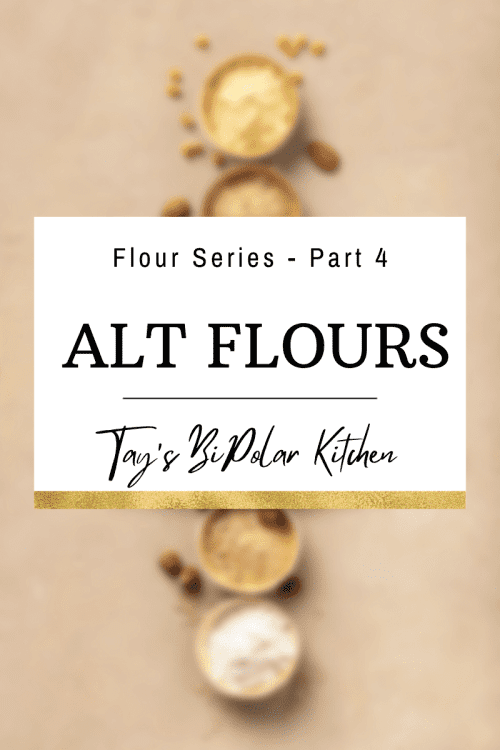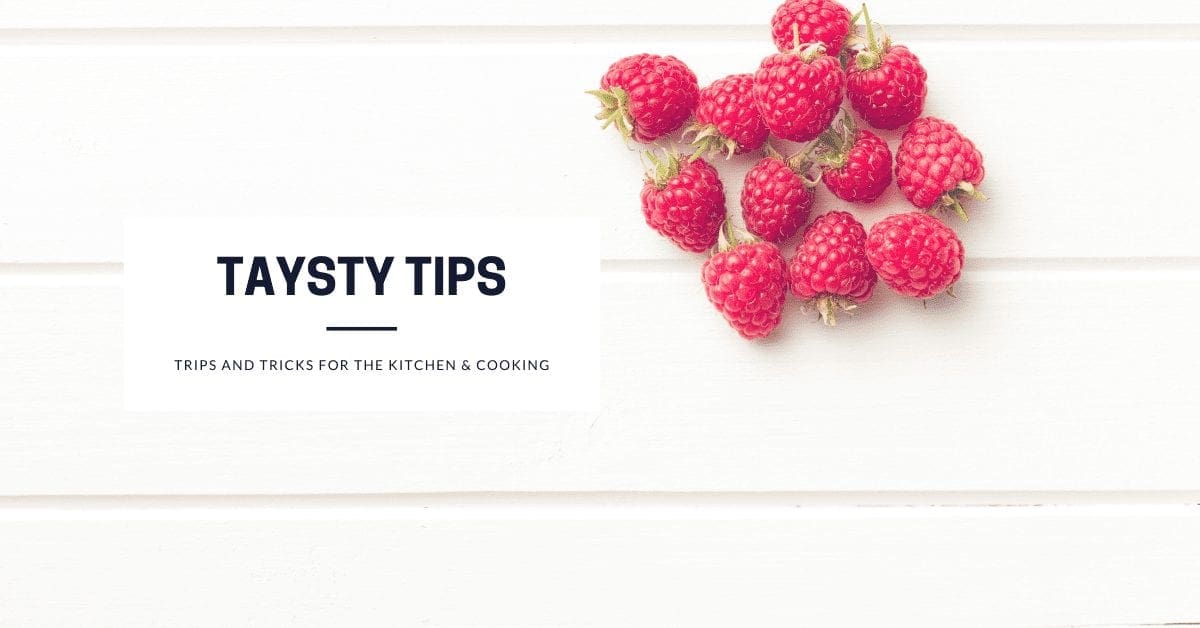"Mixing it Up: Alternative Flours for a Non-Traditional Baking Adventure"
Welcome to part four of my six-part series on flour. We will dip into common, nut, rice, ancient, specialty flour, and flour blends. We’re talking about the wild world of alternative flours!
If you’re looking to mix things up in the kitchen, then you’ve come to the right place. From flaxseed meal to crushed pork rinds, these unconventional flours offer a unique spin on traditional baking. Whether you’re looking to add some extra fiber to your diet or simply want to try something new, alternative flours have got you covered.

Alternative Flours
Baking can be a bit of a science, with each ingredient playing a crucial role in the outcome. But what happens when you have a dietary restriction or want to switch things up? Enter alternative flours! From flaxseed meal to crushed pork rinds, there’s a world of options for those who want to get creative in the kitchen. These flours are often used in low-carb and gluten-free baking and nut flours. This blog post will dive into seven alternative flours making waves in the baking world.
Flaxseed Meal
Flaxseed meal, also known as ground flaxseeds, is a popular alternative flour for those following a gluten-free or low-carb diet. It’s made from ground flaxseeds and is a rich source of omega-3 fatty acids, fiber, and antioxidants. This flour has a nutty flavor and is often used as a binding agent in gluten-free baking.
To use flaxseed meal as a substitute, mix one tablespoon of the meal with three tablespoons of water and let sit for 5 minutes. You can use this mixture in place of one egg in your recipe.
Coconut Flour
Coconut flour is made from ground coconut meat and is high in fiber and healthy fats. It has a slightly sweet, nutty flavor and a fine, powdery texture. When baking with coconut flour, it’s important to remember that it’s highly absorbent, so you’ll need to use more liquid in your recipes. As a general rule, use 1/4 to 1/3 cup of coconut flour instead of 1 cup of wheat flour.
Chia Flour
Chia flour is made from ground chia seeds and is a great source of protein, fiber, and healthy fats. It’s gluten-free and can be used as a substitute for traditional wheat flour in many baking recipes. Chia flour has a mild, slightly nutty flavor and is a good choice for recipes where you want the health benefits of chia seeds without the crunch.
To use chia flour, simply substitute an equal amount in your recipe.
Psyllium Husk Powder
Psyllium husk powder is a type of soluble fiber that’s derived from the seeds of the Plantago ovata plant. It’s often used as a binding agent in gluten-free and low-carb baking and can help to create a lighter, fluffier texture in baked goods. This flour has no flavor of its own and is virtually calorie-free. It’s commonly used in gluten-free and low-carb baking to add structure and moisture to baked goods.
To use psyllium husk powder, use one tablespoon in place of 1 egg in your recipe.
Oat Fiber
Oat fiber is made from the indigestible portion of oat flour and is a great option for those following a low-carb or gluten-free diet. It’s high in fiber and has no carbohydrates, making it a good choice for those watching their sugar and calorie intake. Oat fiber can add texture and moisture to baked goods and has a slightly nutty flavor.
It’s often used in low-carb baking as a substitute for flour and can be used in equal amounts as wheat flour in recipes.
Lupin Flour
Chickpea
Chickpea Flour, also known as gram flour or besan, is made from ground chickpeas and is gluten-free. It has a slightly nutty, earthy flavor and is high in protein, fiber, and vitamins. Chickpea flour is commonly used in savory dishes, such as socca and fritters, as well as in some baked goods.
Potato Flour
Potato flour is made by grinding dehydrated potatoes into a fine powder. It is commonly used as a thickening agent in soups, stews, and sauces, as well as a substitute for wheat flour in gluten-free baking.
Potato flour is naturally gluten-free and high in fiber, making it a popular choice for those with celiac disease or gluten intolerance. It is also a good source of vitamins and minerals such as vitamin C, potassium, and iron.
In baking, potato flour is often used in combination with other gluten-free flour to provide structure and texture to baked goods. It can also be used to thicken gravies and sauces, as it has a neutral flavor and a smooth texture.
Gluten-Free Baking Mix
A gluten-free baking mix is a pre-made blend of flours and other ingredients that can be used as a substitute for regular wheat flour in gluten-free baking. These mixes are typically made from a combination of gluten-free flours, such as rice flour, potato starch, and tapioca starch.
The benefit of using a gluten-free baking mix is that it takes the guesswork out of combining different flours and ingredients to achieve a similar texture and flavor to regular wheat flour. It also saves time and effort in having to measure out each individual ingredient.
Most gluten-free baking mixes can be used in a variety of recipes, such as muffins, cakes, cookies, and breads. However, it’s important to follow the instructions on the package, as different brands and blends may require different amounts of liquid or other ingredients.
When using a gluten-free baking mix, it’s important to note that it may not always be a direct 1:1 substitution for regular wheat flour in a recipe. This is because gluten-free flours have different properties than wheat flour, such as their ability to absorb liquid or their ability to rise.
Overall, a gluten-free baking mix can be a convenient and reliable substitute for regular wheat flour in gluten-free baking, as long as the package instructions are followed and any necessary recipe adjustments are made.
Keto and Low-Carb Mixes
Lastly, Keto and low-carb baking mixes are specially formulated blends of flours and ingredients designed for low-carb and ketogenic diets. These mixes typically contain a combination of low-carb flours, such as almond flour, coconut flour, and flaxseed meal, along with other ingredients like baking powder, salt, and sweeteners such as erythritol or stevia.
The benefit of using a keto or low-carb baking mix is that it simplifies the process of combining different flours and ingredients, while ensuring that the resulting baked goods are both low in carbohydrates and suitable for a ketogenic diet.
Keto and low-carb baking mixes can be used in a variety of baked goods, such as muffins, cakes, cookies, and breads. However, it’s important to follow the instructions on the package, as different brands and blends may require varying amounts of liquid or other ingredients.
When using a keto or low-carb baking mix, it’s important to note that it may not always be a direct 1:1 substitution for regular wheat flour in a recipe. This is because low-carb flours have different properties than wheat flour, such as their ability to absorb liquid or their ability to rise.
In summary, a keto or low-carb baking mix can be a convenient and reliable substitute for regular wheat flour in low-carb and ketogenic baking, as long as the instructions on the package are followed and any necessary recipe adjustments are made.
Let me know if you have tried any of these in your cooking! Use the hashtags #taysbpkitchen and #flourseries
